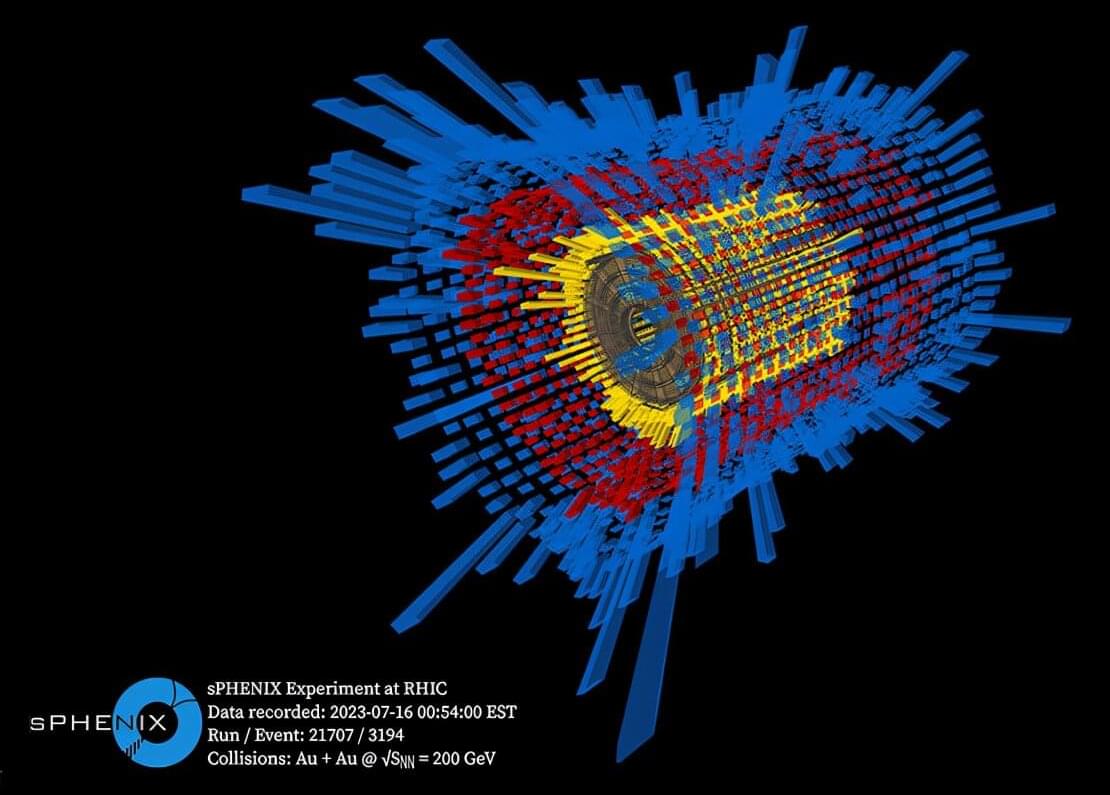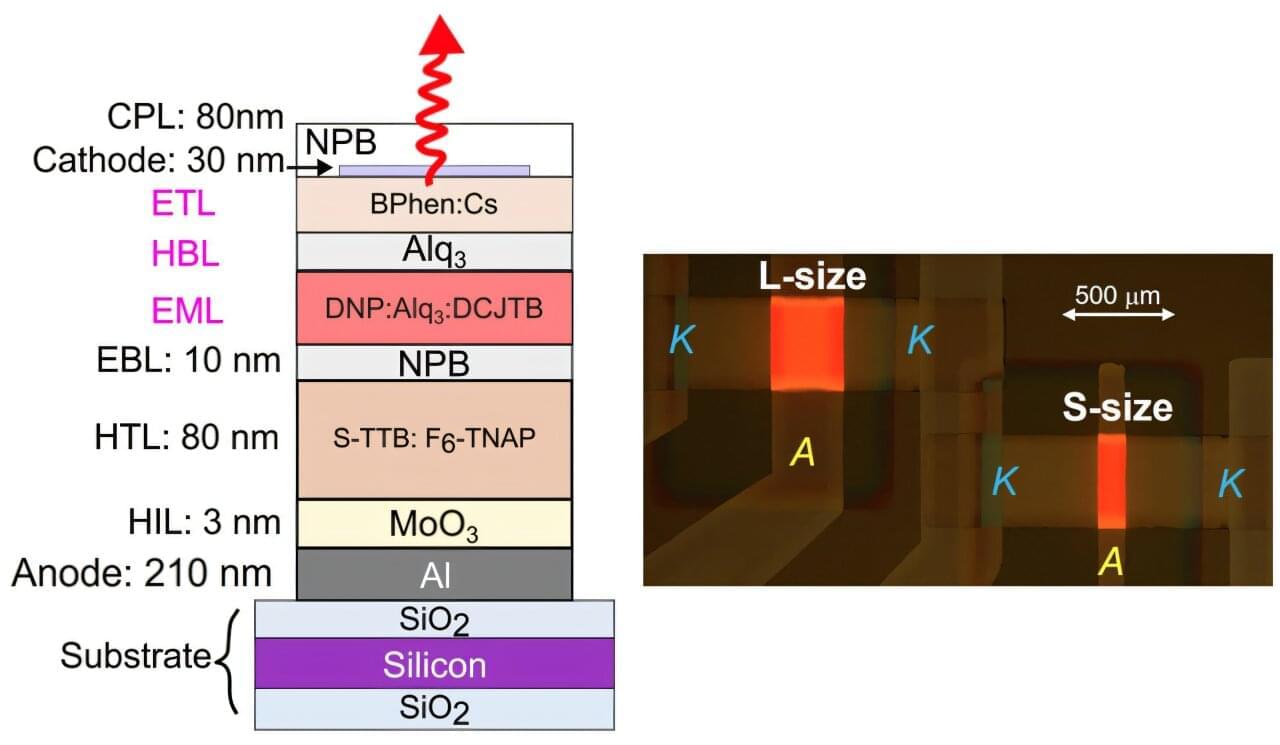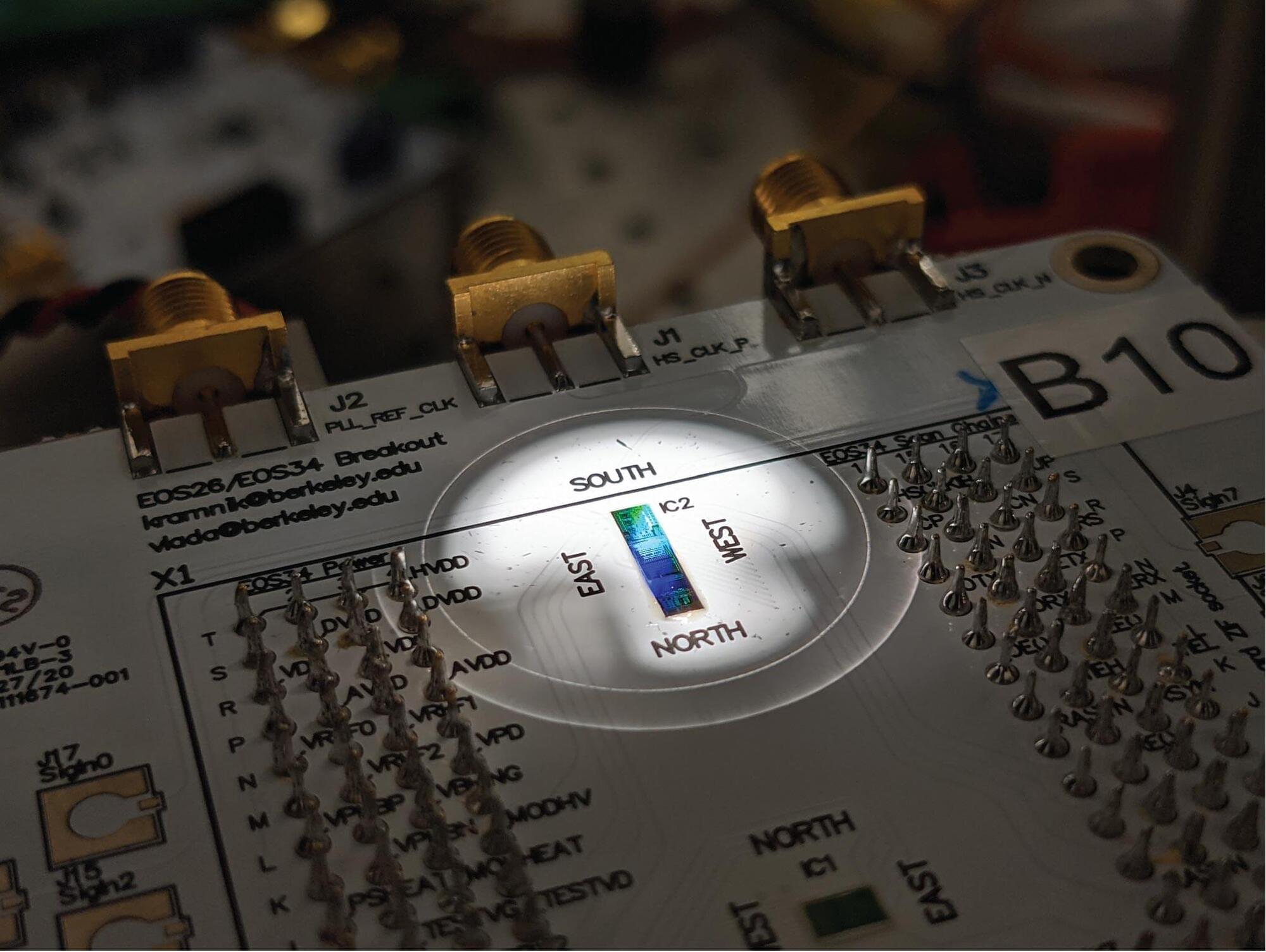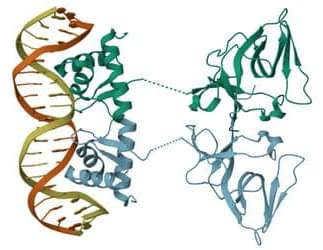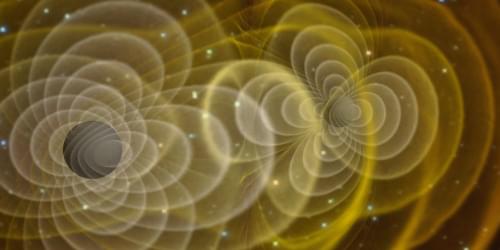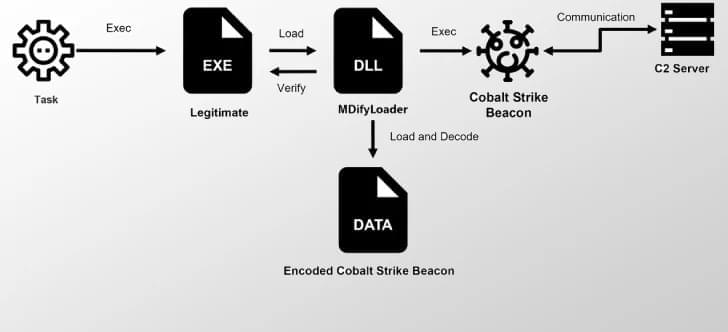The sPHENIX particle detector, the newest experiment at the Relativistic Heavy Ion Collider (RHIC) at the U.S. Department of Energy’s (DOE) Brookhaven National Laboratory, has released its first physics results: precision measurements of the number and energy density of thousands of particles streaming from collisions of near-light-speed gold ions.
As described in two papers recently accepted for publication in Physical Review C and the Journal of High Energy Physics, these measurements lay the foundation for the detector’s detailed exploration of the quark–gluon plasma (QGP), a unique state of matter that existed just microseconds after the Big Bang some 14 billion years ago. Both studies are available on the arXiv preprint server.
The new measurements reveal that the more head-on the nuclear smashups are, the more charged particles they produce and the more total energy those firework-like sprays of particles carry. That matches nicely with results from other detectors that have tracked QGP-generating collisions at RHIC since 2000, confirming that the new detector is performing as promised.
